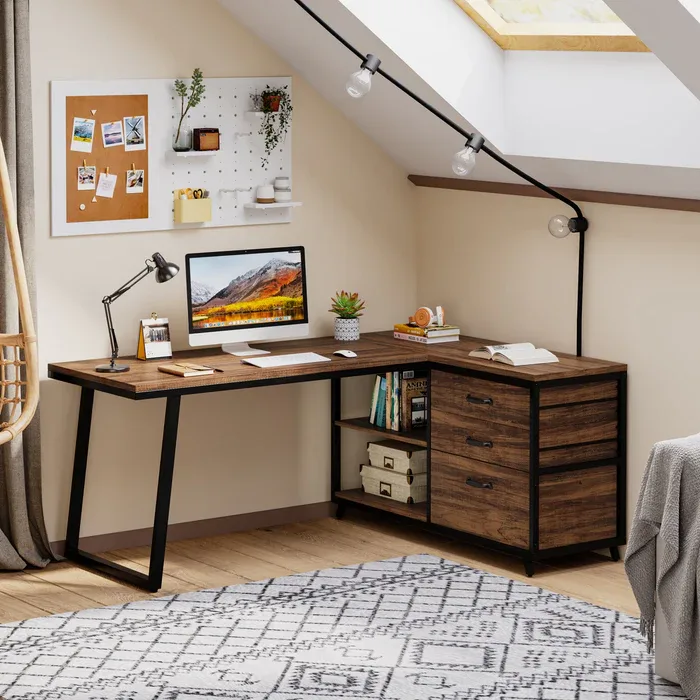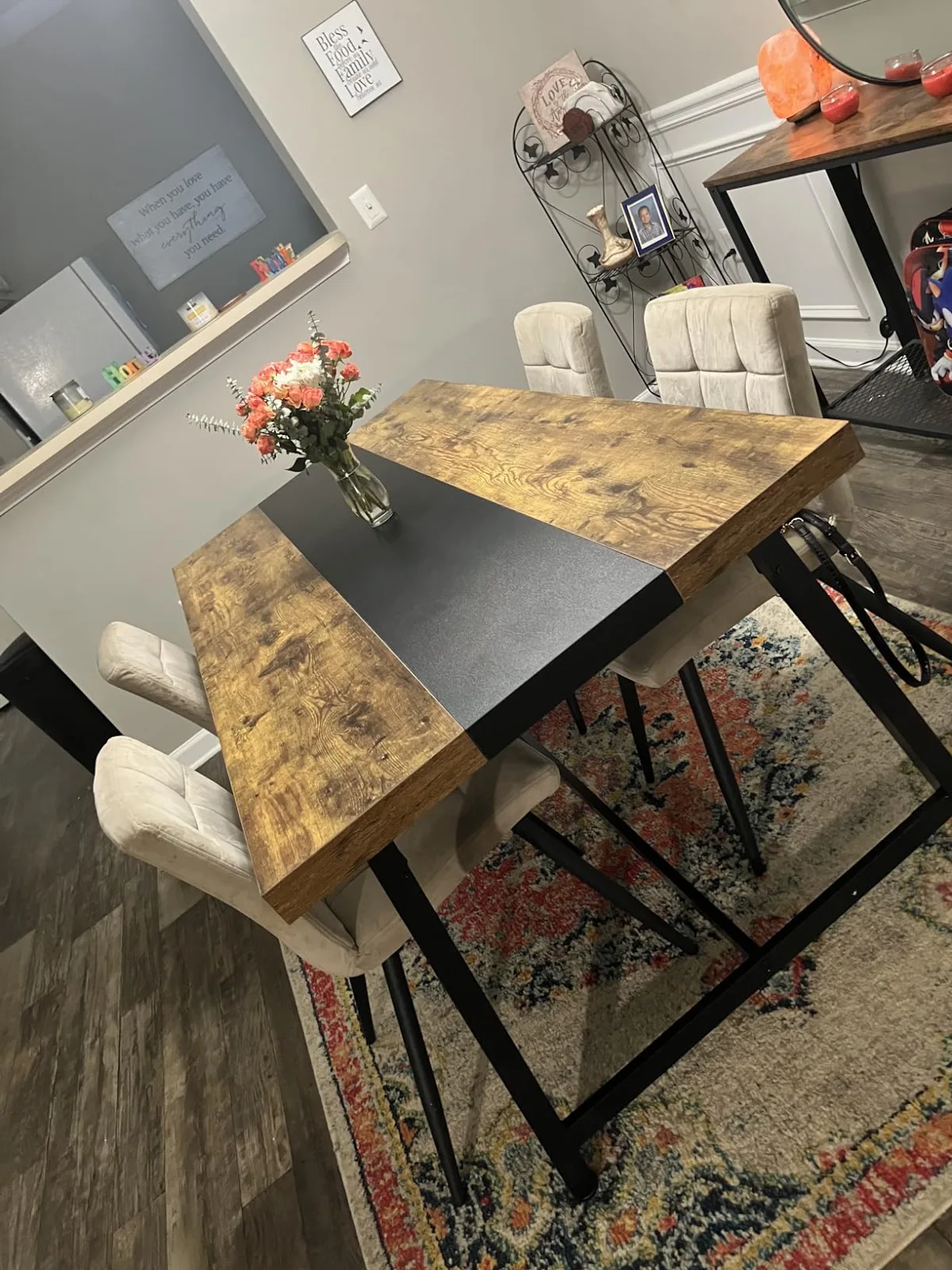Desk vs. Table: Understanding the Difference in Furniture Design
At first glance, a desk and a table might seem interchangeable — both are flat surfaces supported by legs, both can hold your laptop, a cup of coffee, or even a stack of books. But in the world of furniture design, these two pieces serve very different purposes, both functionally and emotionally, in the spaces where we live and work.
Desks: Built for Focus and Productivity
A desk is, by nature, a personal workspace. It’s where focus happens. Unlike a simple table, a desk is often engineered with intention: drawers to keep clutter tucked away, cable ports for clean technology setup, and proportions designed for long hours of writing or computer use.
From a design perspective, desks are about productivity ergonomics. The height, surface depth, and storage all work together to support concentration. Whether it’s a sleek minimalist writing desk or a classic executive desk, the underlying idea is the same: this is where an individual’s work gets done.
When someone says “I’m at my desk,” you immediately picture a work setting — office, home office, or study room.

Tables: Designed for Gathering and Versatility
A table, on the other hand, is about togetherness. Dining tables, coffee tables, conference tables — they’re social by definition. A table is usually more open in design, with fewer storage components, because its role isn’t to hold your private tools but to host people and shared activities.
In American homes, the dining table is often described as “the heart of the home.” It’s where families connect after long days. In workplaces, the conference table is where ideas are exchanged and decisions are made. In short, tables invite community, while desks invite focus.

Desk vs. Table: What’s the Difference?
| Feature | Desk | Table |
| Primary Purpose | Work, study, productivity | Dining, meetings, social use |
| Design Elements | Storage, drawers, cable ports | Simple surface, minimal storage |
| User Experience | Individual, personal focus | Group, shared activities |
| Common Locations | Office, home office, study | Dining room, kitchen, meeting room |
In terms of design and function, desks are often equipped with drawers, cabinets, cable management, and, in modern designs, even built-in outlets. Tables, on the other hand, are typically simple desks with legs, sometimes retractable or decorative, but rarely incorporate storage.
In everyday use:
- You say, “I put my files on the table.” → Work-related.
- You say, “Let’s sit at the dining table and eat.” → Family/socializing.
Even in the workplace:
- Desk = Where you sit and work.
- Conference table = Where small groups meet.
In traditional terms, a desk has always been seen as personal while a table is viewed as communal. But in today’s evolving approach to interior design, that line isn’t as clear as it used to be.
When you’re furnishing a space, what matters most isn’t the label — desk or table — but the function and style you actually need. Do you want extra storage, shelves, or a hutch? Or maybe an expandable surface for flexibility? Modern furniture design gives you all of these options while keeping everything sleek and beautiful.
You might even find yourself drawn to the clean craftsmanship of a dining table and decide it works perfectly as a simple home desk. And that’s absolutely fine. At the end of the day, it’s less about what the piece is called and more about whether it fits your lifestyle and your space.
That’s why Tribesigns Furniture focuses on multifunctional design. Their furniture isn’t limited by old definitions of desk versus table. Instead, each piece is created to adapt — offering storage, style, and versatility, so you can make it work the way you want it to.
